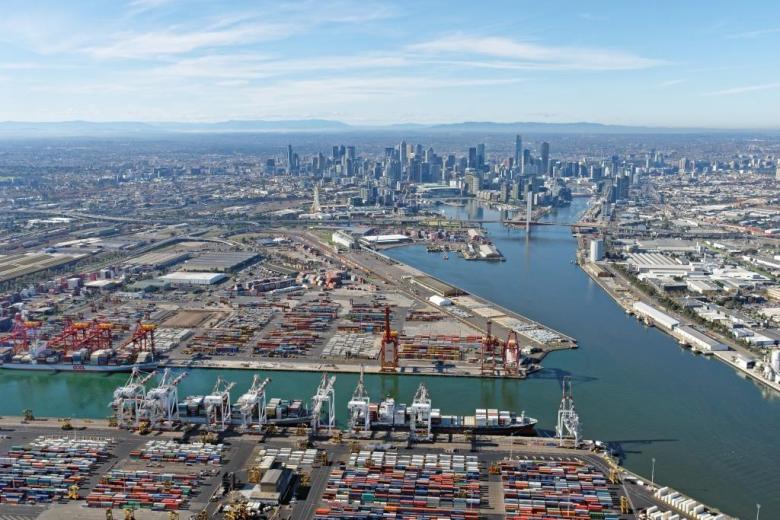
Shifting more freight to rail and working more closely with councils are key elements of the Victorian Government’s latest freight plan.
The Victorian Freight Plan, Delivering the Goods, also establishes Freight Victoria, a dedicated freight division of Transport for Victoria, to boost Victoria’s freight advantage.
The plan includes developing a business case for the Western Interstate Freight Terminal, the Freight-Passenger Rail Separation Project and the extension of the Mode Shift Incentive Scheme – initiatives that were allocated $137 million in the state budget.
A review into heavy vehicle driver training and licensing are also part of the plan, which aims to increase Victoria’s gross product by $40 million by 2040.

Victorian Minister for Public Transport Jacinta Allan said the plan was the result of consultation with the industry and Ministerial Freight Reference Group and that Freight Victoria will drive delivery of the plan.
“Industry told us they want better coordination with government on the planning, management and delivery of Victoria’s freight and logistics network,” she said.
“That’s why we have established Freight Victoria as a single point of contact, a one-stop-shop for primary producers, the freight and logistics industry and local government to contact for information and assistance.”
Minister for Roads and Ports Luke Donnellan said the plan is crucial to ensure best practice in the freight industry.
“Victorian freight volumes are forecast to nearly triple by 2051 – this plan is a road map to making sure that we move freight as efficiently as possible,” he said.
“We’re backing primary producers and suppliers across our regions by having a state-wide plan that meets the needs of a growing population and economy – now and in the future.”
Councils: heavy vehicle access a ‘major impost’
The plan, which was informed by a survey of Victoria’s 79 councils, also identifies working with local government to reduce freight impediments as a key priority under the broader aim of better managing existing freight corridors.
“Access to local roads – known as ‘the first and last mile’ – is one of the most significant impediments to efficient end-to-end freight movements in Victoria,” the plan said.
“A survey of local government conducted to inform this plan indicated that the issue of heavy vehicle access to local roads continues to be a major impost on local government,” it said.
The plan notes that restrictions on freight access to local roads managed by councils are often due to infrastructure capacity constraints, funding constraints for local road maintenance, concerns about amenity or insufficient support for councils to manage the complexity of heavy vehicle standards and laws.
Forecasting future freight
The plan outlines hypothetical scenarios for Victoria’s freight future based on current evidence.
The use of interstate freight rail, including the operation of both the Western Interstate Freight Terminal at Truganina and the Beveridge Interstate Freight Terminal and the connection of both terminals to inland rails, were among the forecasts.
Continuous statewide freight operations, the use of drones for last mile deliveries and increased use of e-commerce were other potential scenarios for state freight operations.
Looking to road-based freight, the plan forecasts that the regulation of heavy vehicles in Australia will become fully harmonised and the use of vehicle-to-vehicle technologies will be widespread to achieve heavy vehicle safety.
Comment below to have your say on this story.
If you have a news story or tip-off, get in touch at editorial@governmentnews.com.au.
Sign up to the Government News newsletter.

